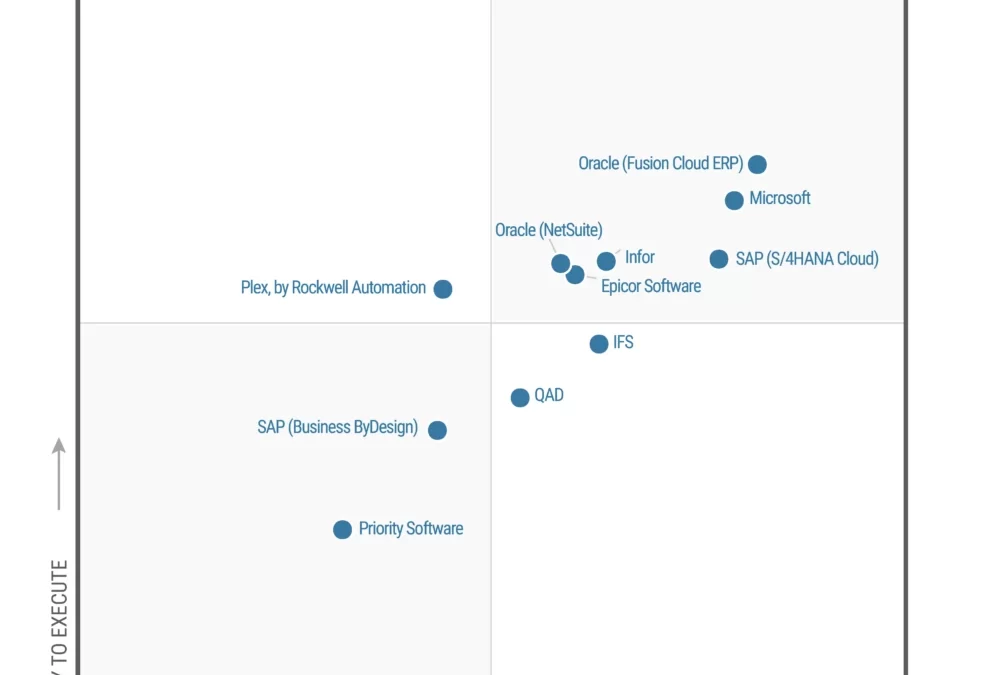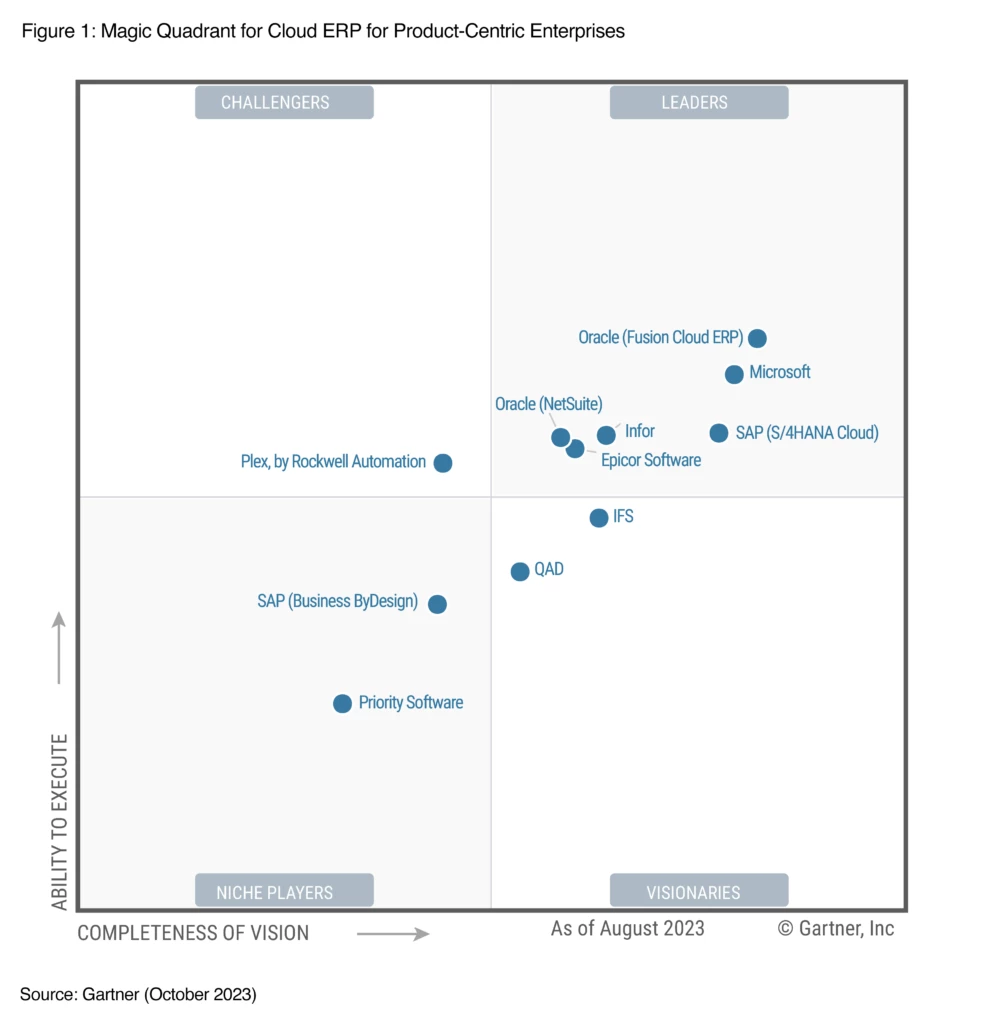Microsoft Syntex adds taxonomy and image tagging, OCR, content query, annotations, and more
This article is contributed. See the original author and article here.
Welcome to the fall! This month’s Microsoft Syntex update is gearing up to be a great one in the world of content processing. We have updates on Syntex taxonomy tagging and image tagging; a set of Syntex capabilities coming to preview for pay-as-you-go users; the general availability of the Syntex optical character recognition (OCR) is expanding to include PDF and TIFF support; and lastly, both Syntex OCR and Syntex structured document processing are moving to general availability.
Syntex taxonomy tagging and Syntex image tagging in general availability
In our previous blog post, we shared that Syntex taxonomy tagging and image tagging were rolling into general availability. We’re happy to share that both services have now completed rollout and are generally available to all Syntex pay-as-you-go users.
As a refresher, Syntex Taxonomy Tagging uses AI to help you label and organize documents by automatically tagging them with descriptive keywords, based on your taxonomy defined in SharePoint. By applying a taxonomy column and enabling taxonomy tagging, the document is automatically tagged with keywords from your term store to help with searching, sorting, filtering and more. This reduces manual work, and makes it faster and more efficient to categorize, find, and manage files in your document libraries. Overview of taxonomy tagging in Microsoft Syntex – Microsoft Syntex | Microsoft Learn
Taxonomy Tagging – the location column auto-populates based on your term store in this example
Syntex Image Tagging is now also generally available. Image Tagging is an AI-powered service that helps you label and organize images by automatically tagging them with descriptive keywords. These tags are stored as metadata to optimize searching, sorting, filtering, and managing your images. With this Syntex service, it’s much faster to categorize and search for specific images that you need. Overview of enhanced image tagging in Microsoft Syntex – Microsoft Syntex | Microsoft Learn
Image Tagging – images are auto-tagged with descriptive keywords
New features in preview for Syntex pay-as-you-go users
We’re excited to share that, for a limited time, Syntex pay-as-you-go users now get to use all the Syntex features previously only available to customers with the SharePoint Syntex seat license. If you’re not yet a Syntex customer, now is a particularly great time to give it a go. These services will be available as a preview through June 30, 2024.
1. Content query – an advanced, powerful search with custom metadata in a form-based interface
2. Universal annotation – add ink and highlights to additional file types like PDF & TIFF supported by our file viewer
3. Accelerators – preconfigured templates that leverage Syntex capabilities in an end-to-end solution for common scenarios like contract management and accounts payable
4. Taxonomy services – admin reporting on term set usage, easy import from SKOS-formatted taxonomies, and the ability to push a content type to a hub
5. Content processing rules – lightweight automation for common operations such as moving or copying a file, and setting a content type from the file name or path in SharePoint
6. PDF merge/extract – combine two or more PDF files into a new PDF file, or extract pages from one PDF into a new one
Site accelerator – preconfigured site templates for Accounts Payable
For Syntex pay-as-you-go customers, these capabilities will be readily available to you without taking any action or set up and without any additional charge. Microsoft Syntex features limited time license – Microsoft Syntex | Microsoft Learn
Syntex OCR and structured document processing will be generally available this month
Lastly, Syntex optical character recognition (OCR), which was previously in public preview, will be generally available this month! In images containing text – such as screenshots, scanned documents, or photographs – Syntex OCR automatically extracts the printed or handwritten text and makes it discoverable, searchable, and indexable.
It can be used for image-only files, now including PDF and TIFF as mentioned in the introduction, in OneDrive, SharePoint, Exchange, Windows devices and Teams messages. Searching for images is improved thanks to OCR, and IT admins can better secure images across OneDrive, SharePoint, Exchange, Teams and Windows devices with data loss prevention (DLP) policies.
Optical Character Recognition (OCR) auto-extracts text from images
You will also be able to use both the Syntex structured and freeform document processing features later this month when they become generally available as a new pay-as-you-go meter called “Structured document processing”. Unlike in the past, you will be able to use these services with your Azure subscription – no per-user license required, no AI Builder credits needed (but if you want to use AI Builder credits, we will still support that as well). Microsoft 365 roadmap ID 167309. Get started here.
Stay connected
And there you have it, lots of updates on Syntex services that will help your organization manage your content and improve content discovery, with less redundancy and greater efficiency. To get the latest on Syntex, join our mailing list for updates, and register for the upcoming October 18th Syntex Community Call.
Be sure to also connect with us at Microsoft Ignite, November 14-17, 2023, in Seattle or virtually!





Recent Comments